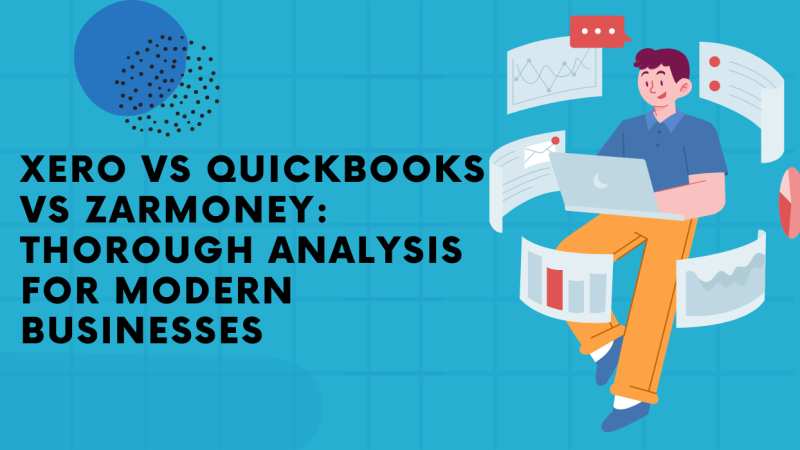Unlocking Efficiency: How Budget Forecasting Solutions Drive Financial Stability

Financial stability is a fundamental pillar of any successful organization, whether it’s a small business, a nonprofit, or a large corporation. Achieving and maintaining financial stability requires effective budgeting and financial planning. In today’s rapidly changing business landscape, traditional budgeting methods are often insufficient to navigate the complexities of modern finance. This is where budget forecasting solutions come into play, revolutionizing how organizations manage their finances. This article will explore how budget forcasting solutions drive financial stability by unlocking efficiency and providing organizations with the tools they need to thrive.
1. Enhanced Accuracy through Data Analysis
One of their primary advantages is their ability to analyze historical financial data. These tools go beyond simple spreadsheet calculations, leveraging advanced algorithms and data analytics to identify patterns and trends. Organizations can make more accurate predictions about future revenue, expenses, and cash flow by analyzing past financial performance. This enhanced accuracy is crucial for maintaining financial stability, allowing organizations to make informed decisions based on reliable data.
2. Real-time Monitoring and Adjustments
Financial stability is not static; it requires continuous monitoring and adjustments. Budget forecasting solutions provide real-time insights into an organization’s financial health. With up-to-date information at their fingertips, financial teams can promptly spot potential challenges and proactively implement measures to resolve them. Whether it’s adjusting spending, reallocating resources, or revising financial goals, real-time monitoring ensures that organizations can adapt to changing circumstances and maintain stability.
3. Scenario Planning for Risk Mitigation
Uncertainty is a constant in the business world, and financial stability hinges on an organization’s ability to mitigate risks effectively. These forecasting solutions allow for scenario planning, where organizations can model different financial scenarios based on various assumptions. This proactive approach helps organizations identify potential risks and develop contingency plans. Organizations can better protect their financial stability by considering a range of possible outcomes.
4. Improved Resource Allocation
Efficient resource allocation is a cornerstone of financial stability. These solutions provide visibility into where an organization’s resources are allocated and how they are used. This insight enables organizations to optimize their resource allocation, directing funds to areas that contribute the most to their financial stability and strategic goals. Improved resource allocation ensures that financial resources are not wasted but put to their best use.
5. Collaboration and Accountability
These solutions promote collaboration among different departments and teams within an organization. They provide a centralized financial data and reporting platform, allowing stakeholders to access and contribute to budgeting and forecasting processes. Collaboration fosters accountability as teams work together to achieve financial goals and uphold the organization’s financial stability. It ensures that everyone is aligned with the organization’s financial objectives.
6. Long-term Planning and Sustainability
Financial stability is not just about surviving in the short term; it’s about ensuring the long-term sustainability of an organization. Budget forecasting solutions enable organizations to engage in long-term financial planning. By projecting financial trends and performance over extended periods, organizations can identify growth, investment, and sustainability opportunities. This forward-looking approach is essential for maintaining financial stability over the long haul.
Conclusion
Budget forecasting solutions have become indispensable tools for organizations seeking to achieve and maintain financial stability in today’s dynamic business environment. Through data analysis, real-time monitoring, scenario planning, resource allocation, collaboration, and long-term planning, these solutions unlock efficiency and empower organizations to make informed financial decisions. Financial stability is not a one-time achievement but an ongoing process that requires adaptability and foresight. With budget forecasting solutions as their ally, organizations can navigate financial challenges, seize opportunities, and build a solid foundation for long-term success and stability.






